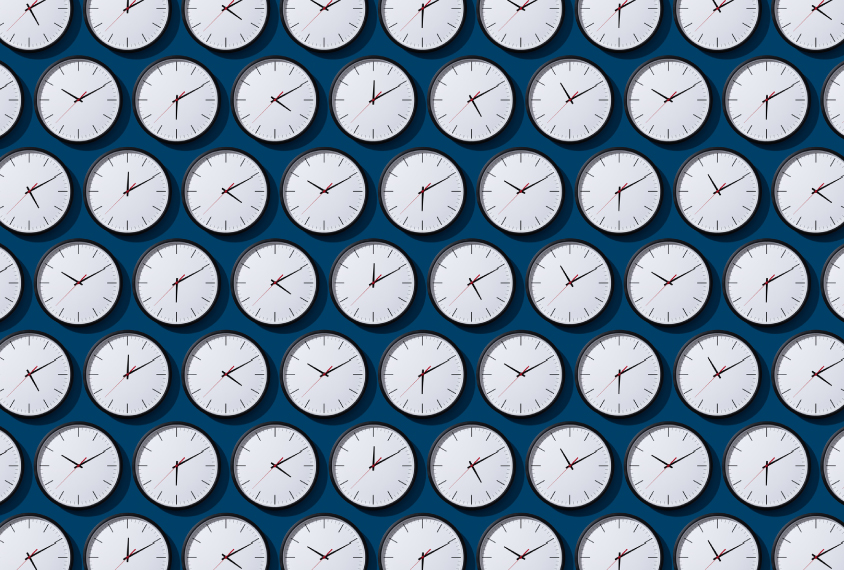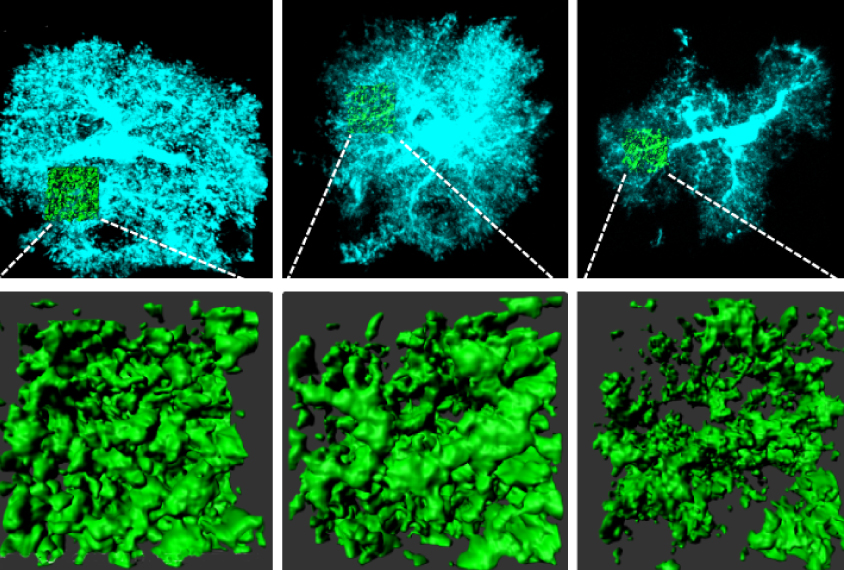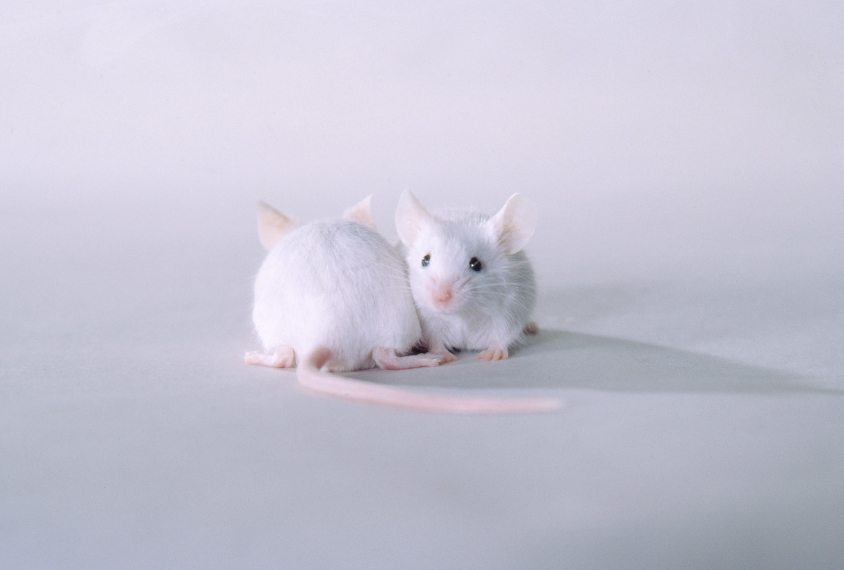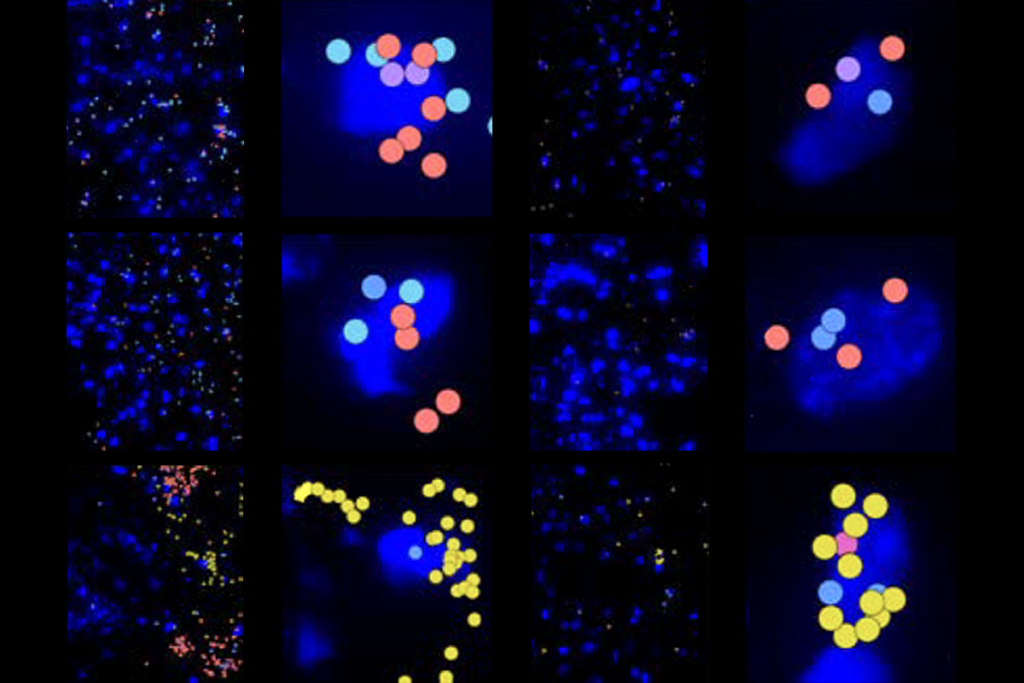Neurexin
Recent articles
Missing autism gene may affect time perception in mice
Mice missing a copy of the autism-linked gene NRXN1 appear to perceive some time intervals as shorter than control mice do, according to a new study.

Missing autism gene may affect time perception in mice
Mice missing a copy of the autism-linked gene NRXN1 appear to perceive some time intervals as shorter than control mice do, according to a new study.
Autism genes assign starring role to support cells in brain
Genes linked to autism are critical to the development of star-shaped brain cells called astrocytes, suggesting a key role for the cells in the condition.

Autism genes assign starring role to support cells in brain
Genes linked to autism are critical to the development of star-shaped brain cells called astrocytes, suggesting a key role for the cells in the condition.
Wi-Fi flap; obsessive-compulsive link; brain catalog and more
Two researchers balk at talk that Wi-Fi and autism are linked, changes in an autism risk gene are tied to obsessive-compulsive traits in three species, and scientists plan to conduct a census of all of the brain’s cell types.
Wi-Fi flap; obsessive-compulsive link; brain catalog and more
Two researchers balk at talk that Wi-Fi and autism are linked, changes in an autism risk gene are tied to obsessive-compulsive traits in three species, and scientists plan to conduct a census of all of the brain’s cell types.
Brain’s reward region may drive social problems in autism
Having too many copies of an autism gene called UBE3A mutes a brain region that may mediate the satisfaction a person derives from social interactions.

Brain’s reward region may drive social problems in autism
Having too many copies of an autism gene called UBE3A mutes a brain region that may mediate the satisfaction a person derives from social interactions.
Differences between rodents show limitations of models
The same autism-linked mutation can lead to dramatically different behaviors in rats and mice.

Differences between rodents show limitations of models
The same autism-linked mutation can lead to dramatically different behaviors in rats and mice.
Method isolates protein complexes from neuronal junctions
Researchers have for the first time isolated and characterized protein complexes found at the points of connection between neurons. Mutations in some of these proteins are linked to autism.

Method isolates protein complexes from neuronal junctions
Researchers have for the first time isolated and characterized protein complexes found at the points of connection between neurons. Mutations in some of these proteins are linked to autism.
Imaging lights up dynamics of neurons’ connections in mice
Researchers have developed a way to capture dynamic changes in the part of the neuron that sends out signals, they reported yesterday at the 2014 Society for Neuroscience annual meeting in Washington, D.C.

Imaging lights up dynamics of neurons’ connections in mice
Researchers have developed a way to capture dynamic changes in the part of the neuron that sends out signals, they reported yesterday at the 2014 Society for Neuroscience annual meeting in Washington, D.C.
Analysis of mouse brains maps subgroups of autism
A brain imaging study of 26 mouse models of autism reveals a broad range of structural abnormalities. The models cluster into groups with similar features, reports a study published 9 September in Molecular Psychiatry.

Analysis of mouse brains maps subgroups of autism
A brain imaging study of 26 mouse models of autism reveals a broad range of structural abnormalities. The models cluster into groups with similar features, reports a study published 9 September in Molecular Psychiatry.
Mutant protein causes reversible autism-like behaviors
Mice that begin expressing a mutant version of a protein called neurexin at 2 weeks of age develop autism-like behaviors that researchers can erase weeks or months later. The report, published 24 July in Cell Reports, suggests that it may be possible to treat autism symptoms even in adulthood.

Mutant protein causes reversible autism-like behaviors
Mice that begin expressing a mutant version of a protein called neurexin at 2 weeks of age develop autism-like behaviors that researchers can erase weeks or months later. The report, published 24 July in Cell Reports, suggests that it may be possible to treat autism symptoms even in adulthood.
Genetic background may alter behavior of autism mice
Differences in the background genetics of mouse strains may modify the effects of autism genes, suggests a study published 11 March in Autism Research. The study looked at the behavior of mice with a mutation in neuroligin-3, a strong autism candidate gene.

Genetic background may alter behavior of autism mice
Differences in the background genetics of mouse strains may modify the effects of autism genes, suggests a study published 11 March in Autism Research. The study looked at the behavior of mice with a mutation in neuroligin-3, a strong autism candidate gene.
Explore more from The Transmitter
Machine learning spots neural progenitors in adult human brains
But the finding has not settled the long-standing debate over the existence and extent of neurogenesis during adulthood, says Yale University neuroscientist Juan Arellano.

Machine learning spots neural progenitors in adult human brains
But the finding has not settled the long-standing debate over the existence and extent of neurogenesis during adulthood, says Yale University neuroscientist Juan Arellano.
Xiao-Jing Wang outlines the future of theoretical neuroscience
Wang discusses why he decided the time was right for a new theoretical neuroscience textbook and how bifurcation is a key missing concept in neuroscience explanations.
Xiao-Jing Wang outlines the future of theoretical neuroscience
Wang discusses why he decided the time was right for a new theoretical neuroscience textbook and how bifurcation is a key missing concept in neuroscience explanations.
Memory study sparks debate over statistical methods
Critics of a 2024 Nature paper suggest the authors failed to address the risk of false-positive findings. The authors argue more rigorous methods can result in missed leads.

Memory study sparks debate over statistical methods
Critics of a 2024 Nature paper suggest the authors failed to address the risk of false-positive findings. The authors argue more rigorous methods can result in missed leads.